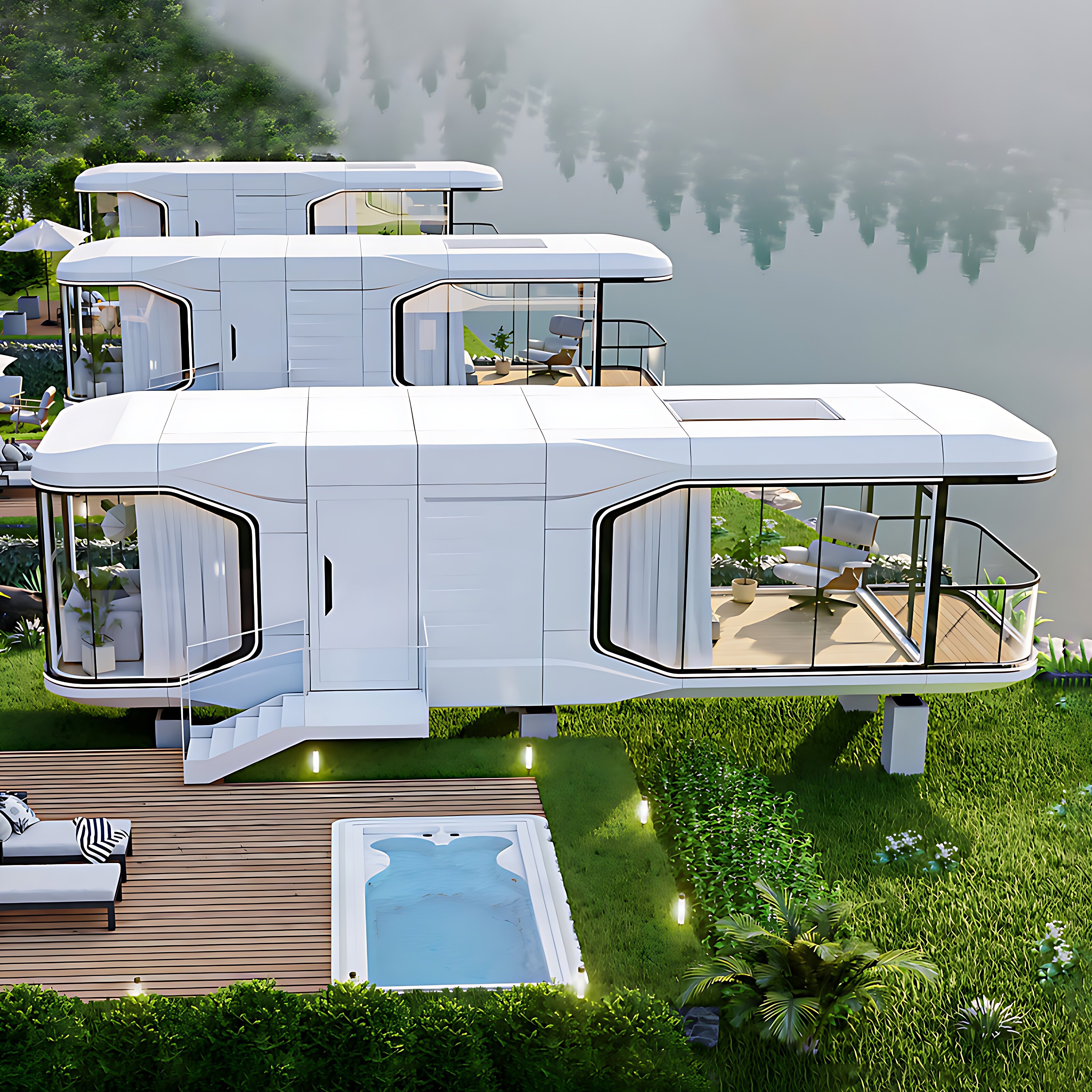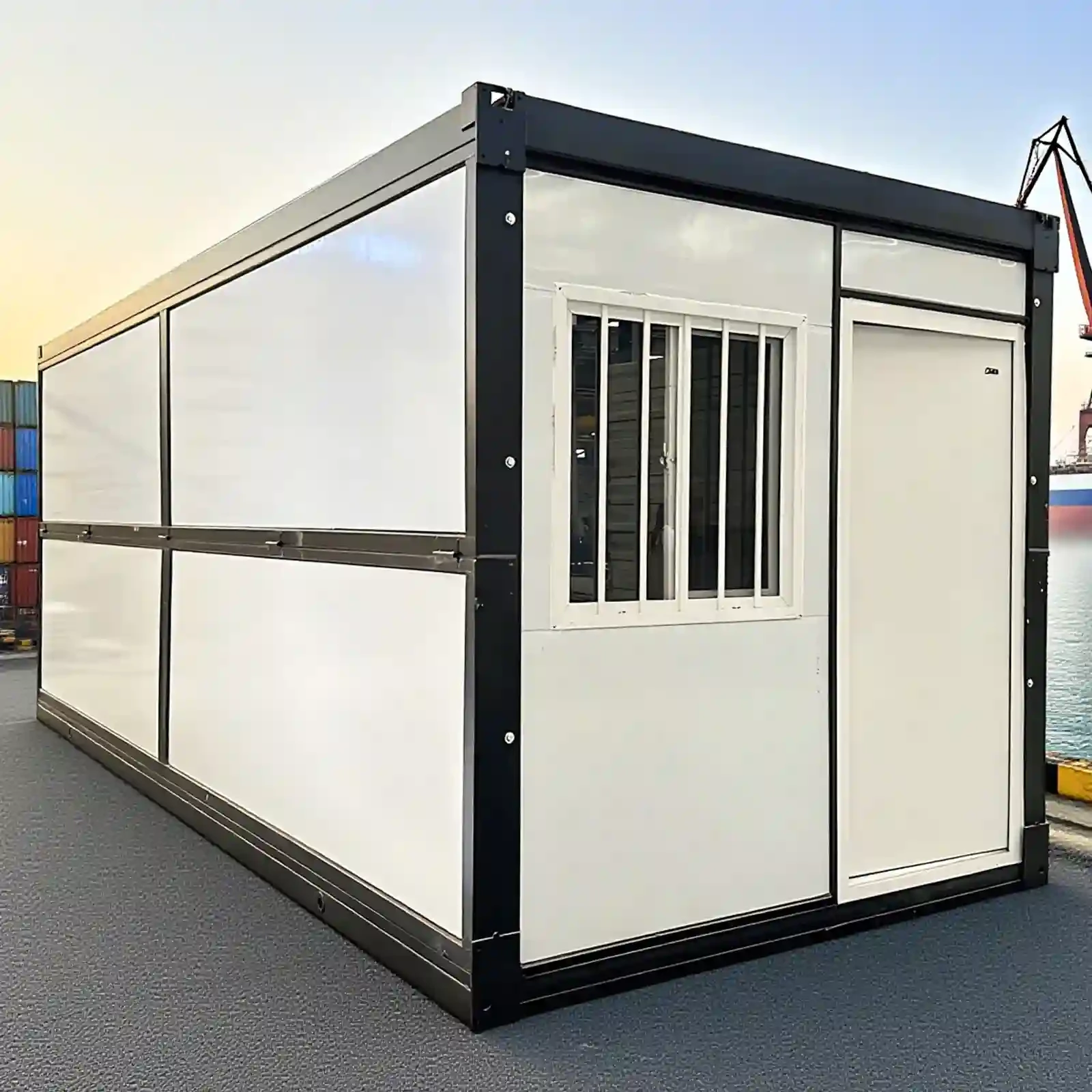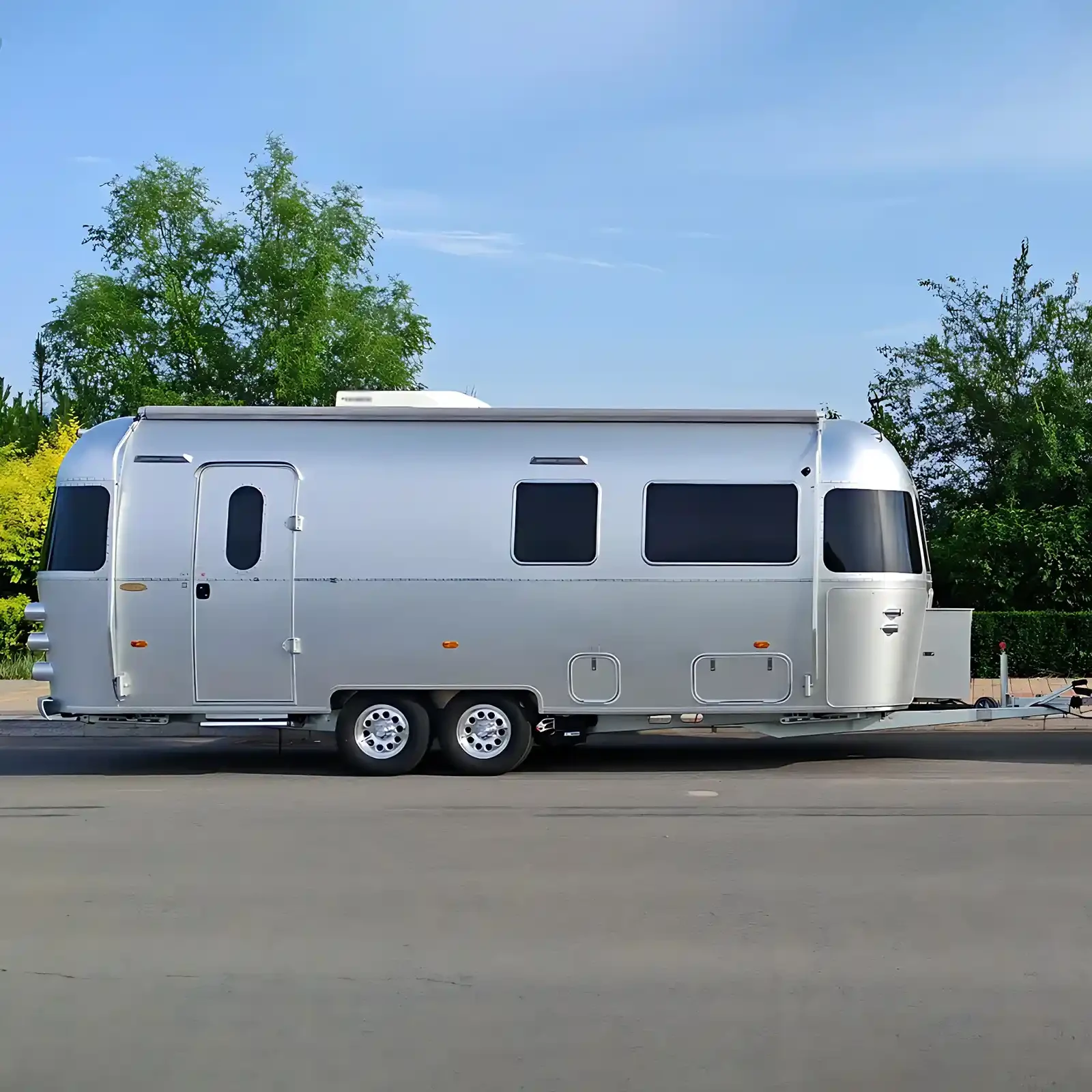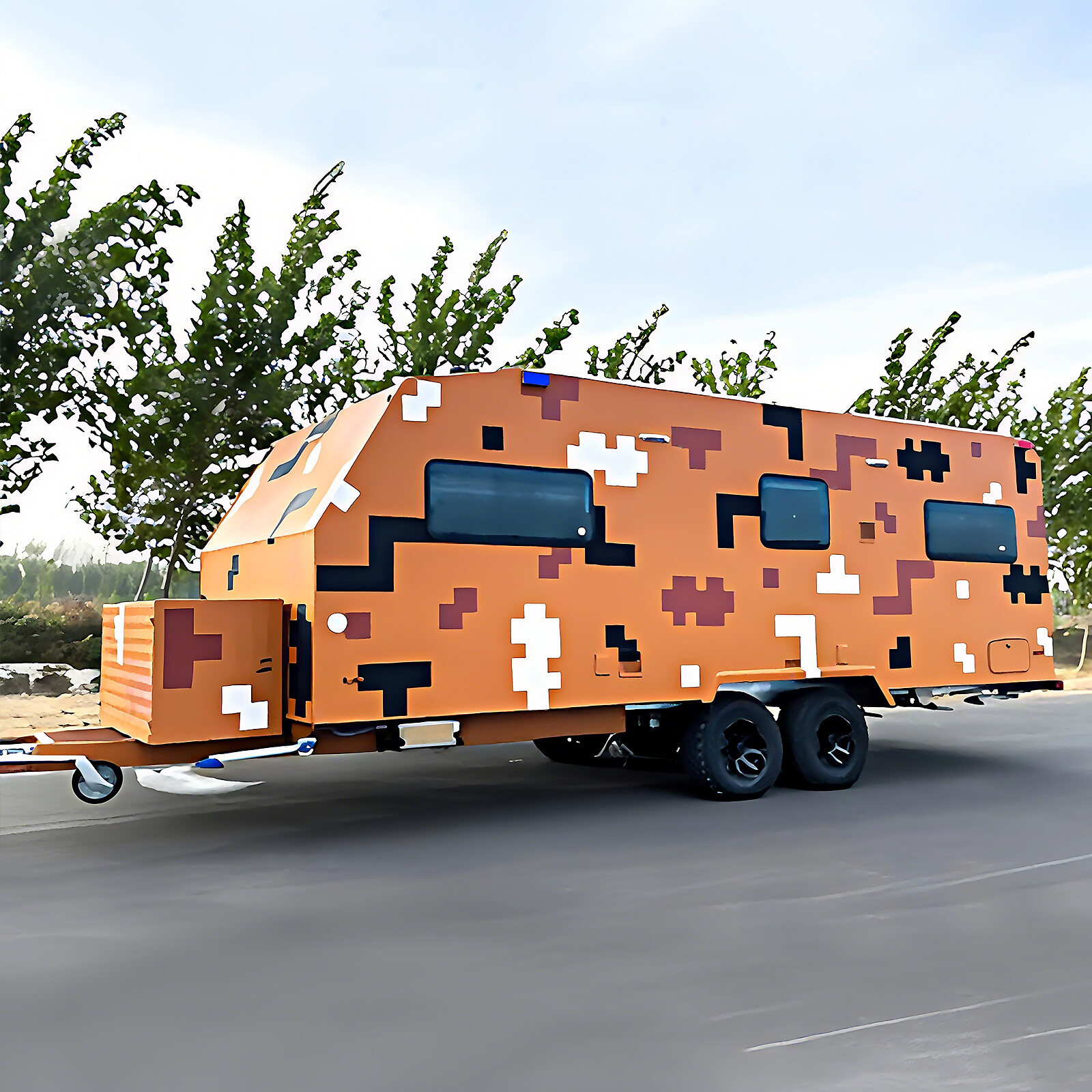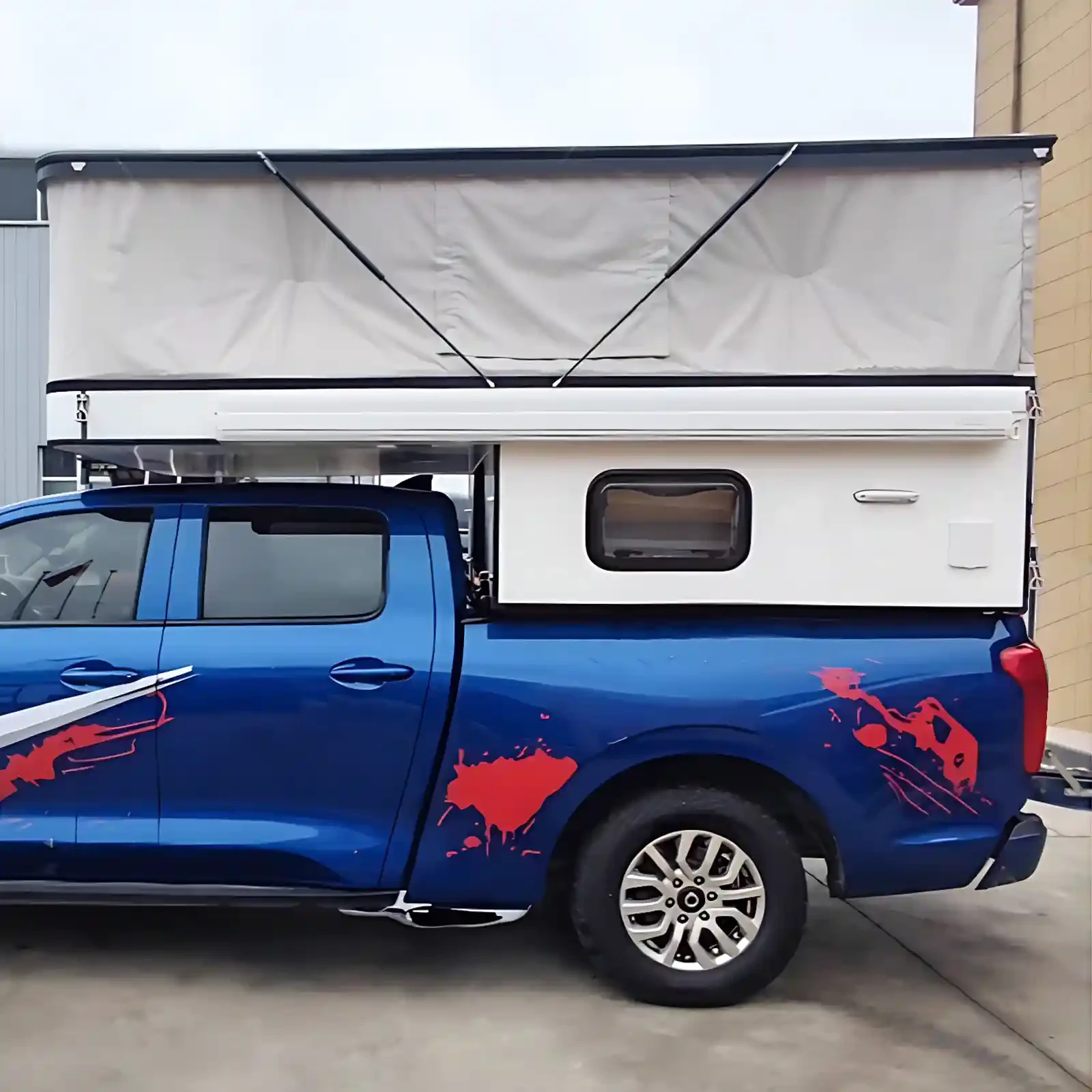In the field of architecture, capsule homes are becoming an emerging architectural form thanks to their unique design, convenient installation, and flexible space utilization. For individuals or businesses interested in designing capsule homes, the construction time is a key concern. The construction time for capsule homes is not a fixed value; it is influenced by a variety of factors, including construction method, building scale, and construction conditions. The following article will delve into these factors and their corresponding construction timelines.
1. Impact of construction methods on construction period
(1) Prefabricated modular construction
Prefabricated modular construction is a common method for building capsule homes. This method involves pre-production of each module in a factory, including structural construction, interior finishes, and the installation of utility lines. The modules are then transported to the site for assembly. Because the factory's stable production environment is unaffected by external factors like weather, production efficiency is high, enabling standardized, streamlined operations. For example, the production time for a single small capsule module in a factory is typically 7-10 days.
Transportation can be completed in 1-2 days for short distances, but may take 3-5 days for longer distances. On-site assembly is relatively quick; for simple small capsule homes, assembly and commissioning can be completed in 1-3 days. Overall, the construction cycle for small capsule homes using prefabricated modular construction, from production to commissioning, is approximately 10-20 days. For larger projects with a large number of modules, while the production time for each module remains relatively fixed, the increased number of modules will increase transportation and assembly time, potentially extending the overall construction cycle to around 30-60 days.
(2) On-site construction
On-site construction involves constructing the capsule housing directly at the construction site. This method is significantly constrained by on-site conditions, such as weather and space availability. First, during the foundation construction phase, groundwork and other groundwork can take 5-15 days, depending on the geological conditions. Next, the main structure is erected. Without the efficient operation of a factory assembly line and requiring response to various on-site emergencies, the main structure construction time is significantly longer than prefabricated modular construction. A small capsule housing's main structure may take 15-30 days to complete.
Interior decoration and plumbing and electrical installation are also relatively complex under on-site construction, requiring gradual completion of wall treatment, floor paving, and wiring installation, taking approximately 20 to 40 days. Therefore, the construction period for small on-site capsule homes is generally 40 to 90 days; for large-scale capsule housing complexes, the construction period may be as long as 3 to 6 months or even longer.
2. The impact of building size and complexity on construction period
(1) Building area and number of floors
Building area and number of floors are key factors influencing construction time. Smaller, single-story capsule homes require less building materials and labor, resulting in a shorter construction period. For example, a small, single-story capsule home under 50 square meters, constructed using prefabricated modular systems, might only take 10-15 days from production to installation. However, for multi-story capsule homes over 100 square meters, both the number of prefabricated modules required and the difficulty and workload of on-site assembly will increase significantly, potentially extending the construction period to 40-60 days.
(2) Function and design complexity
The functional requirements and design complexity of a capsule home also affect the construction timeline. If a capsule home only meets basic living needs, has a simple interior layout, and is relatively easy to construct, the construction period will be relatively short. However, if a capsule home requires specialized features, such as an intelligent control system or high-end audio and video entertainment system, or if it features complex shapes or unique structures, it will require more time for design planning, material procurement, and construction and installation. For example, a capsule home with a smart home system and a personalized exterior design may require 10-20 days longer to build than a standard home.
3. Impact of construction conditions and external factors on construction period
(1) Site and environmental conditions
Construction site conditions significantly impact the construction period. A flat site with convenient transportation facilitates the transportation of building materials and the arrival of construction equipment, effectively improving construction efficiency and shortening the construction period. Conversely, a site located in a mountainous area with complex terrain or in a remote area with poor transportation access will make material transportation difficult and equipment access restricted, significantly extending the construction time. Furthermore, environmental factors such as climate should not be ignored. Inclement weather conditions, such as the rainy season and winter, can severely impact on-site construction. For example, foundation pouring cannot be carried out on rainy days, and low temperatures affect the setting of concrete, potentially extending the construction period by 10 to 30 days or even longer.
(2) Material and equipment supply
The availability of construction materials and equipment is directly related to the construction cycle. If the necessary materials and equipment are in sufficient supply and arrive in a timely manner, construction can proceed smoothly. Conversely, problems such as material shortages and equipment failures can force construction to be interrupted. For example, delays in the supply of customized specialty doors and windows, high-end decorative materials, etc., can cause the entire project to be suspended, extending the construction cycle by days or even weeks. Furthermore, the proper functioning of construction equipment is crucial. If key equipment fails during construction and cannot be repaired or replaced in a timely manner, the construction progress will be seriously affected.
(3) Policy and approval process
Policies, regulations, and approval processes also affect the construction timeline. Before building a space capsule home, relevant planning and construction approvals must be completed. If the approval process is complex and takes a long time, it can delay the project's start. Approval policies and efficiency vary across regions. In some areas, the approval process is simple, perhaps completing it in one to two weeks; in others, the approval process is complex and can take one to three months or even longer, which undoubtedly prolongs the construction timeline.
The construction period for capsule housing is influenced by a variety of factors, including construction method, building size, and construction conditions, and exhibits a wide range of flexibility. Small, simple, prefabricated modular capsules have a shorter construction period, while large, complex, on-site construction projects have a longer construction period. Taking these factors into consideration when planning and constructing capsule housing and rationally arranging the construction schedule can help shorten the construction period and improve efficiency.

 USD
USD
 GBP
GBP
 EUR
EUR
